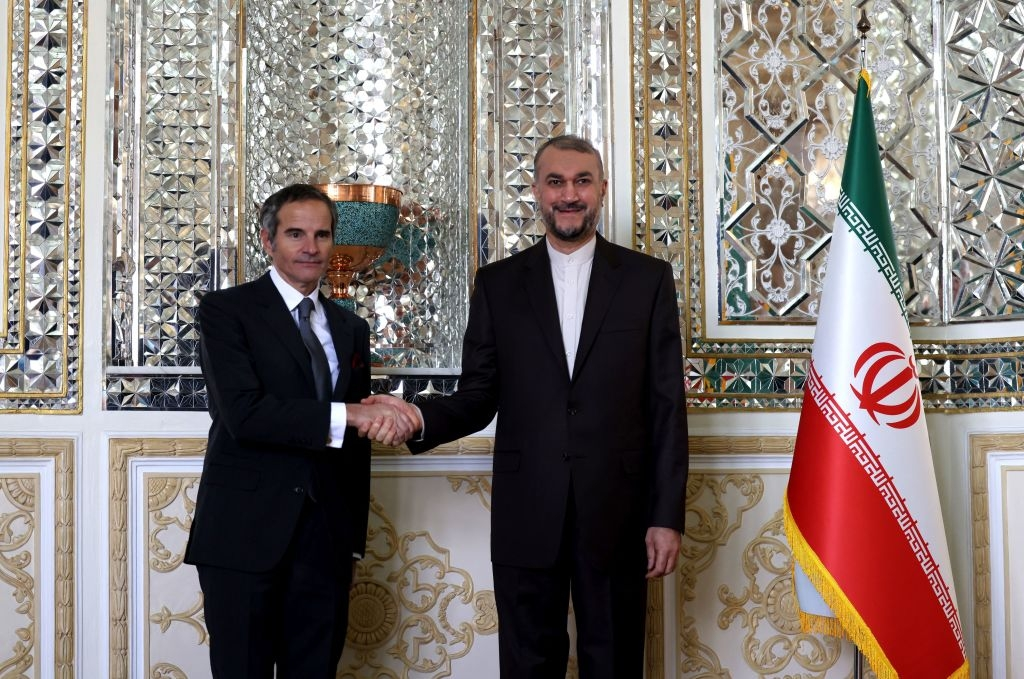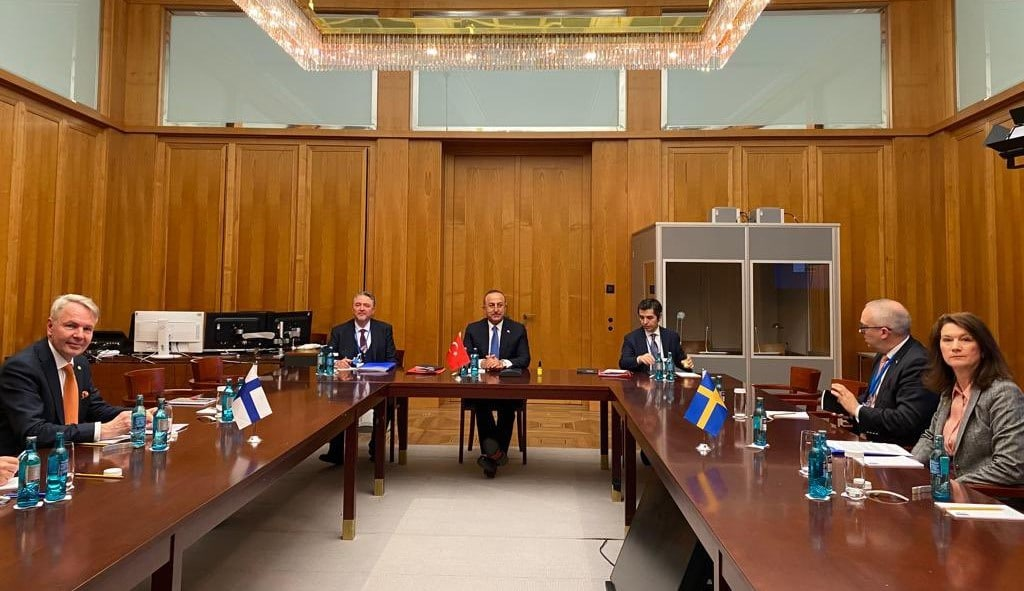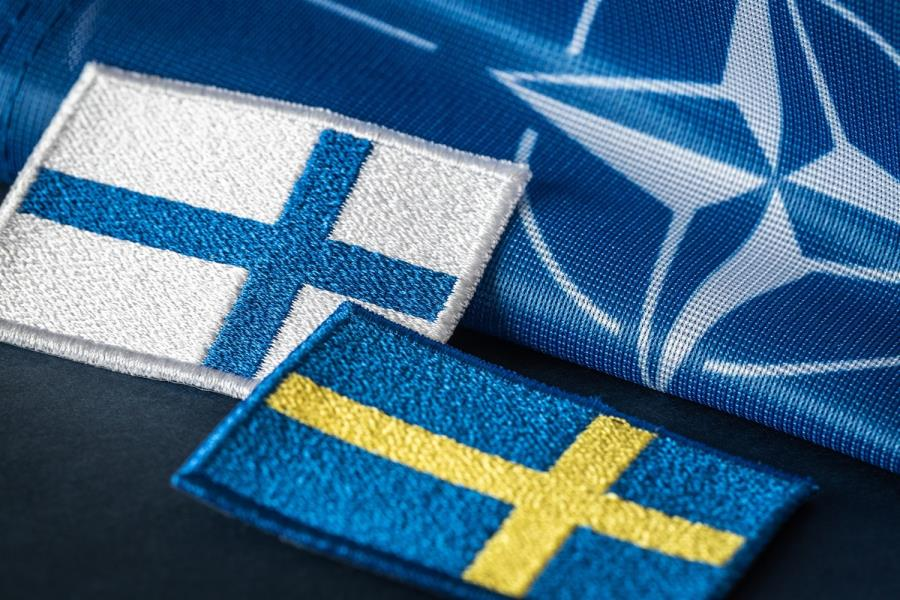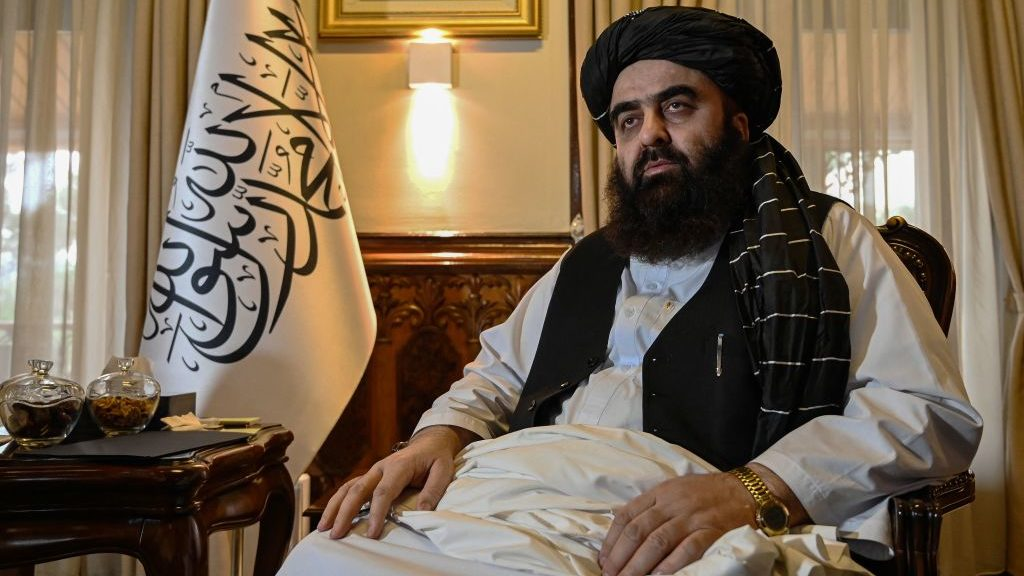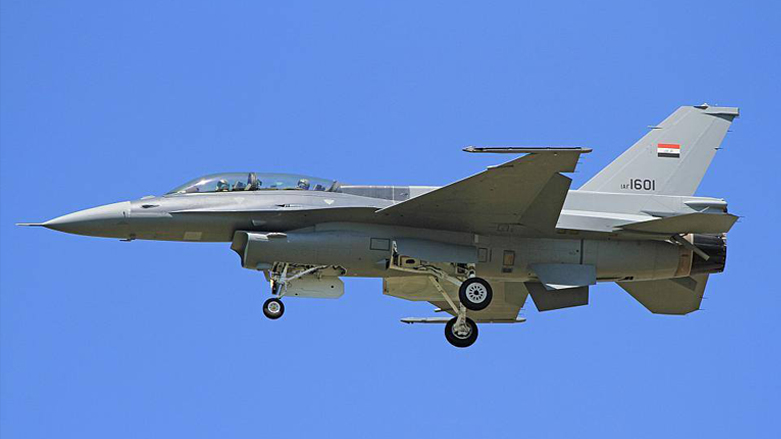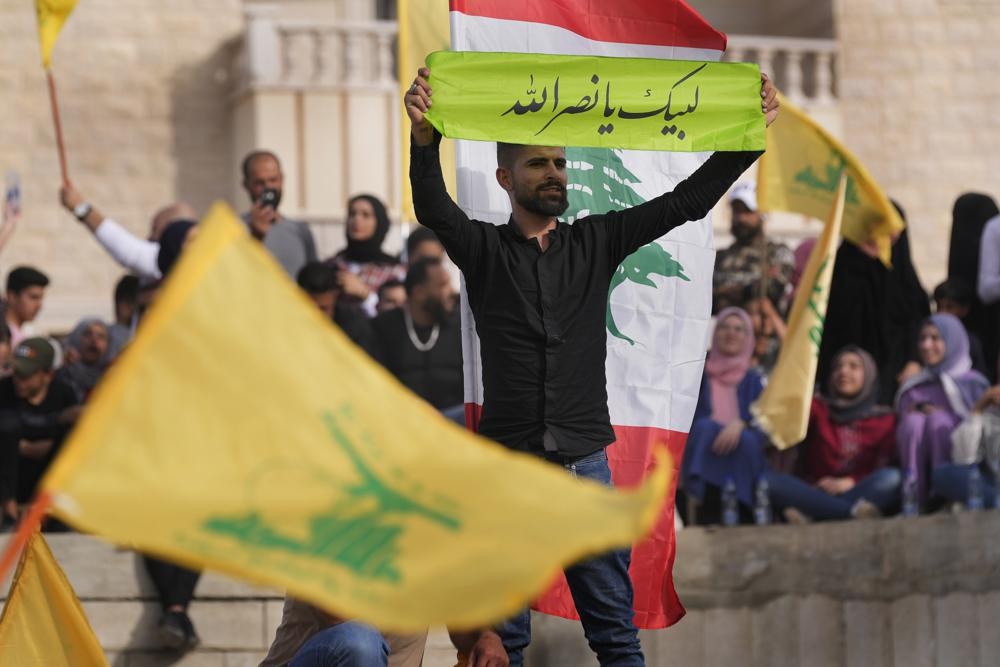How Sweden, Finland’s NATO membership could impact Turkey
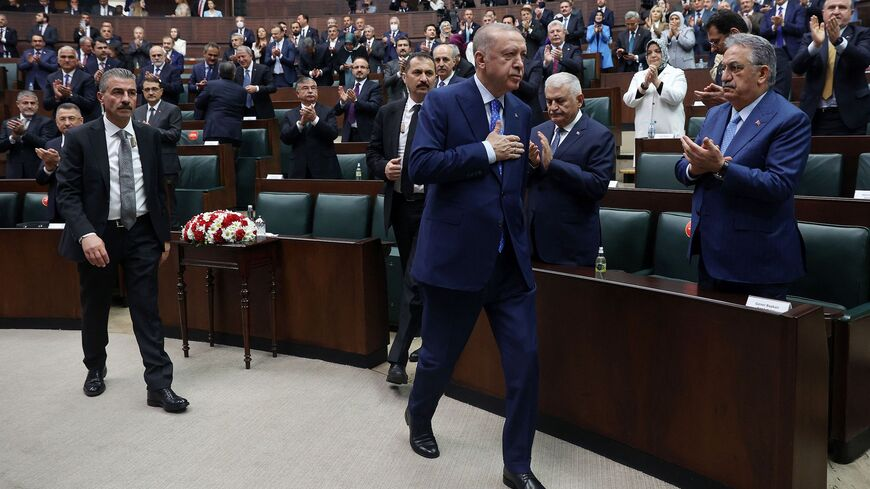
If Ankara can be tactful about Stockholm and Helsinki’s possible membership in NATO, it has a chance to see its concerns addressed.
Russia’s invasion of Ukraine turned the spotlight on Turkey’s status as a regional power. Sweden and Finland’s expected bid to join NATO could further boost Turkish influence if the concerns raised by Turkish President Recep Tayyip Erdogan, who noted his objection to possible Swedish and Finnish membership in the US-led alliance, could be addressed.

